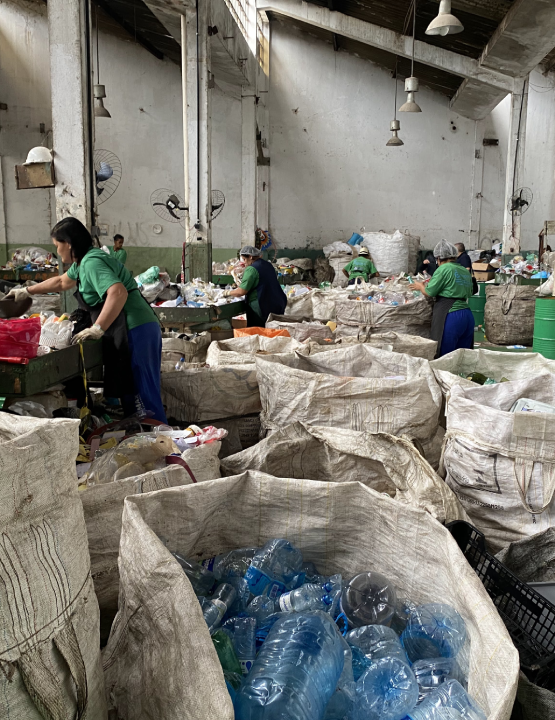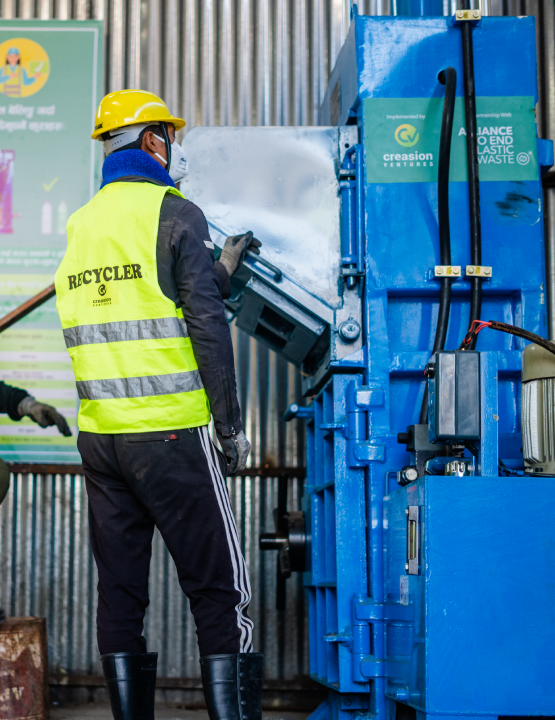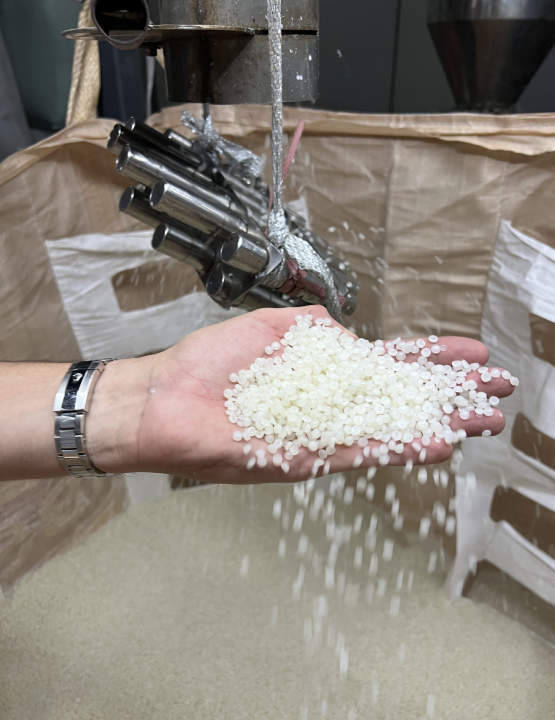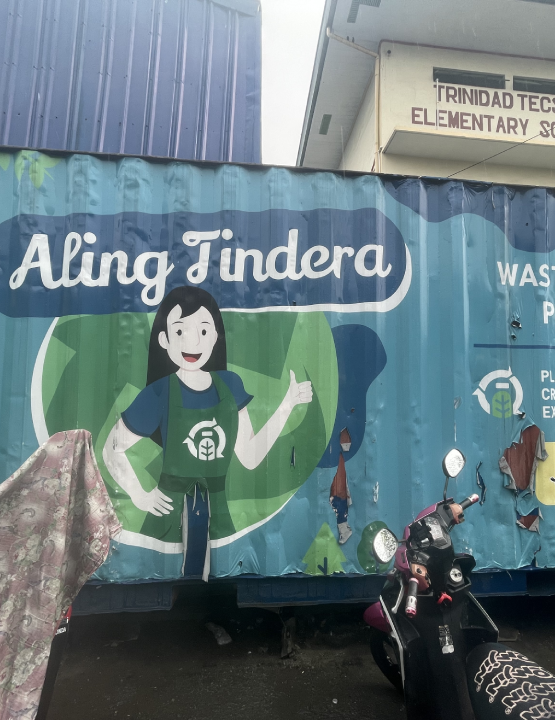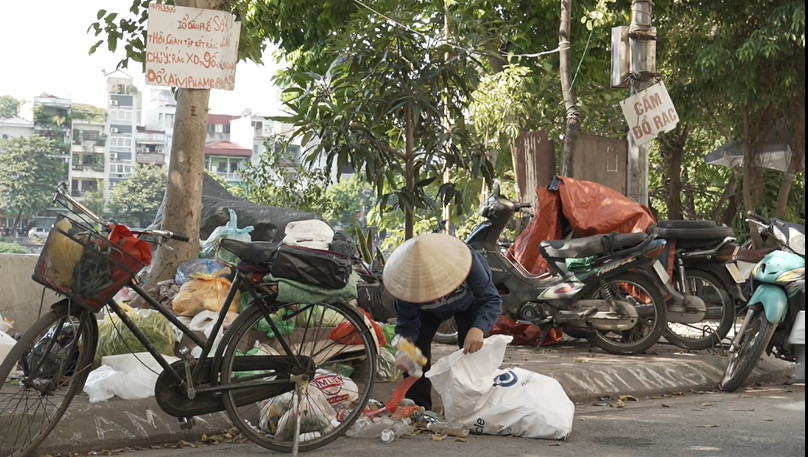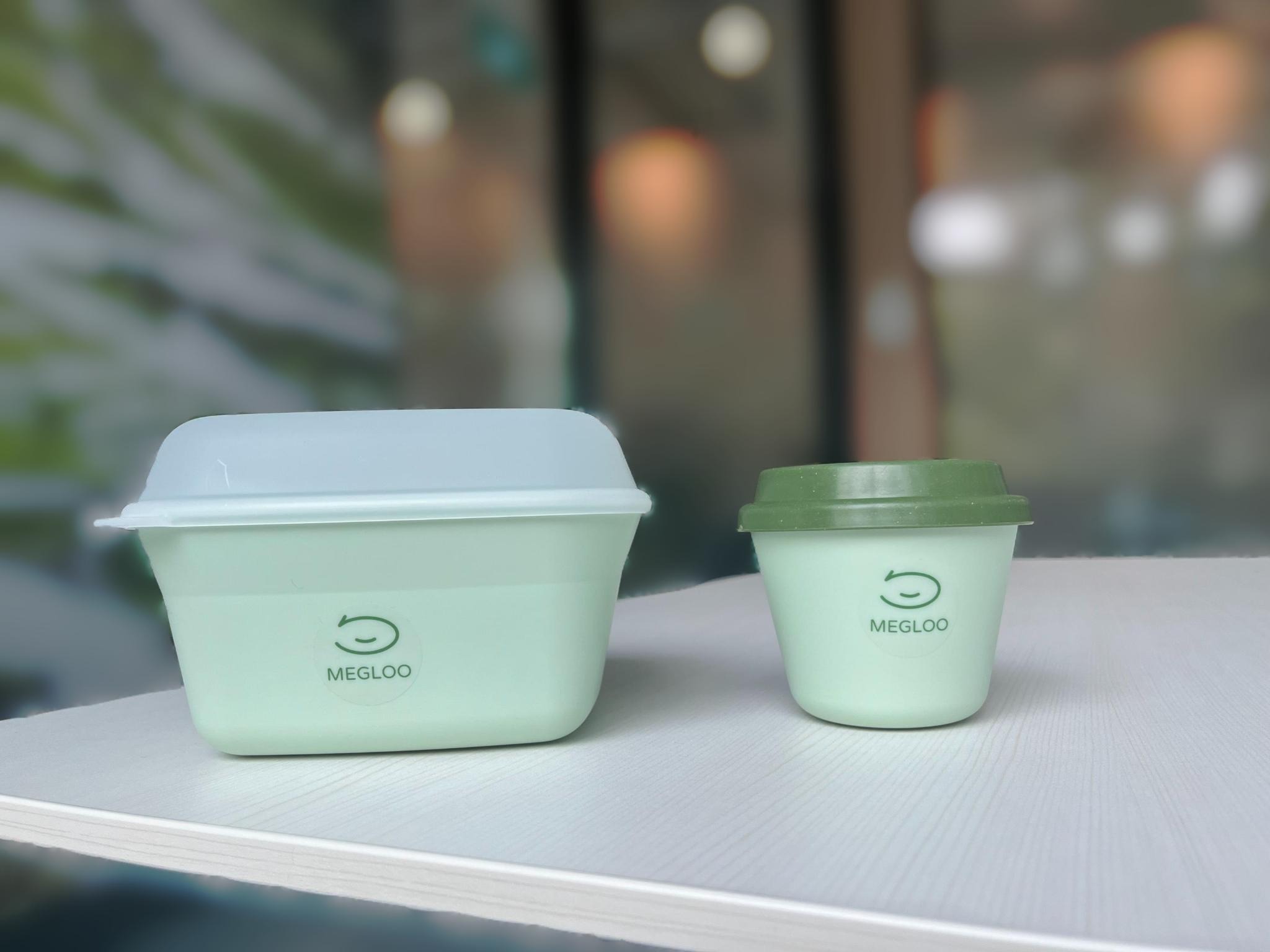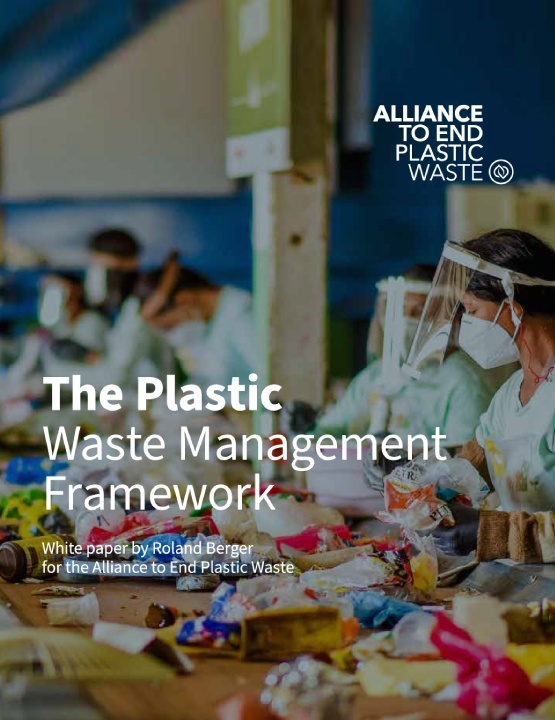Only about 14% of our global plastic waste is recycled, but a future of circularity in plastics is not far off. See what challenges we must face to achieve that goal through advancing technology and innovative design.

Thoughts from the Alliance: Believe in Recycling

Overview
By Martyn Tickner, Chief Advisor of Project Development, Alliance to End Plastic Waste
In a previous article, we discussed how ending plastic waste and building a circular economy is like solving a jigsaw puzzle. One that is very complex with some missing pieces; but is solvable.
An important part of the puzzle is to implement the needed recycling technology infrastructure downstream of collection and sorting. The technologies exist to recycle much of our plastic waste, and you can read more about the ideal cascade recycling model to ensure the circularity of plastic here.
However, only about 14% of our global plastic waste is recycled. Europe is generally leading, with some countries recycling more than 40% of plastic packaging—the largest volume of plastics present, and often the most challenging to recycle.
Nevertheless, there is good reason to be positive about the prospects of recycling—it can be done. One example worth noting is Lithuania, which has reached a staggering rate of 74%—from zero 15 years ago. Other Eastern European countries follow closely at over 60%. Given further progress, perhaps we can set our sights on an 85% recycling rate of plastics as a goal, after maximising reduce and reuse efforts.
What are the challenges we must overcome to reach that goal? Some will differ by region, some will be common to all archetypal situations.
Recyclability of plastic
Let’s start with the recyclability of plastics.
We commonly hear ‘plastics aren’t recyclable’; but that is not correct. All plastics are recyclable, through open loop mechanical recycling, or, increasingly, through newer closed loop or upcycling technologies.
The correct statement is that some applications (products or packaging) ‘aren’t recyclable’—or at least are difficult to recycle.
For example, take multi-material films, sachets, and pouches. Technical solutions exist or are rapidly emerging to recycle these applications. However, these solutions are often quite expensive, and require the feedstock to be free of certain plastics and contaminants.
In a mixed waste stream, these other plastics can be removed with advanced sorting—but in the case of multi-material films, sachets, and pouches, the plastics are embedded in a laminated structure and cannot be easily separated.
Designing recyclability into our products and packaging
To minimise the dependence on potentially expensive and energy-intensive processes, the design of products needs to be adapted to make them more easily recycled.
Multi-material structures have been developed over the years for practical reasons to meet demanding requirements for functional properties. For example, food packaging has been developed to offer oxygen and water barriers to preserve food quality and shelf life; metallised films for appearance and long shelf life; and ultra-thin films for light weight and low cost. Amazing performance from high-tech solutions.
However, such solutions were designed to meet consumers’ needs up to the point of purchase and consumer use—but without considering the complexity of after-use disposal. This is changing now, with the concept of ‘extended producer responsibility’, meaning that the full life cycle implications of products and packaging—including after-use—are considered.
New design guidelines have been developed, such as the CEFLEX guidelines for packaging, which over time will see the more problematic formats evolve. They will still be high-tech, multi-component, or multi-layer structures achieving the required performance attributes, but utilising fewer different materials, and intrinsically more suited for the recycling technologies that exist today.
Looking at other examples: personal care and domestic cleaning products are supplied in recyclable bottles—rendered difficult to recycle because of the shrink-sleeve label; or a household cleaner spray bottle, also a high-tech solution but comprising multiple components made of different plastic parts that are difficult to disassemble and recycle. Changing the product and packaging design can make recycling easier.
Many of the solutions that are needed exist today. Those that don’t, will come soon—and the Alliance’s End Plastic Waste Innovation Platform, Accelerating Creativity & Excellence (ACE) Grant calls, and future prizes are helping us to surface the needed innovations.
Economic viability of recycling
If most of the solutions already exist, why is the global recycling rate of plastic packaging still so low and what must happen to drive the adoption of existing solutions?
For those regions that lack basic collection of domestic waste, it has to start there—another part of the jigsaw we will look at another time. Here, we are considering countries with mature collection and disposal systems where the biggest barrier to adoption is the economic viability of these solutions, tackling the affordability of recycling infrastructure.
We will save this for our next discussion, as we build up our puzzle bit by bit.
For now, believe in recycling. It will play a powerful role in ending plastic waste.

